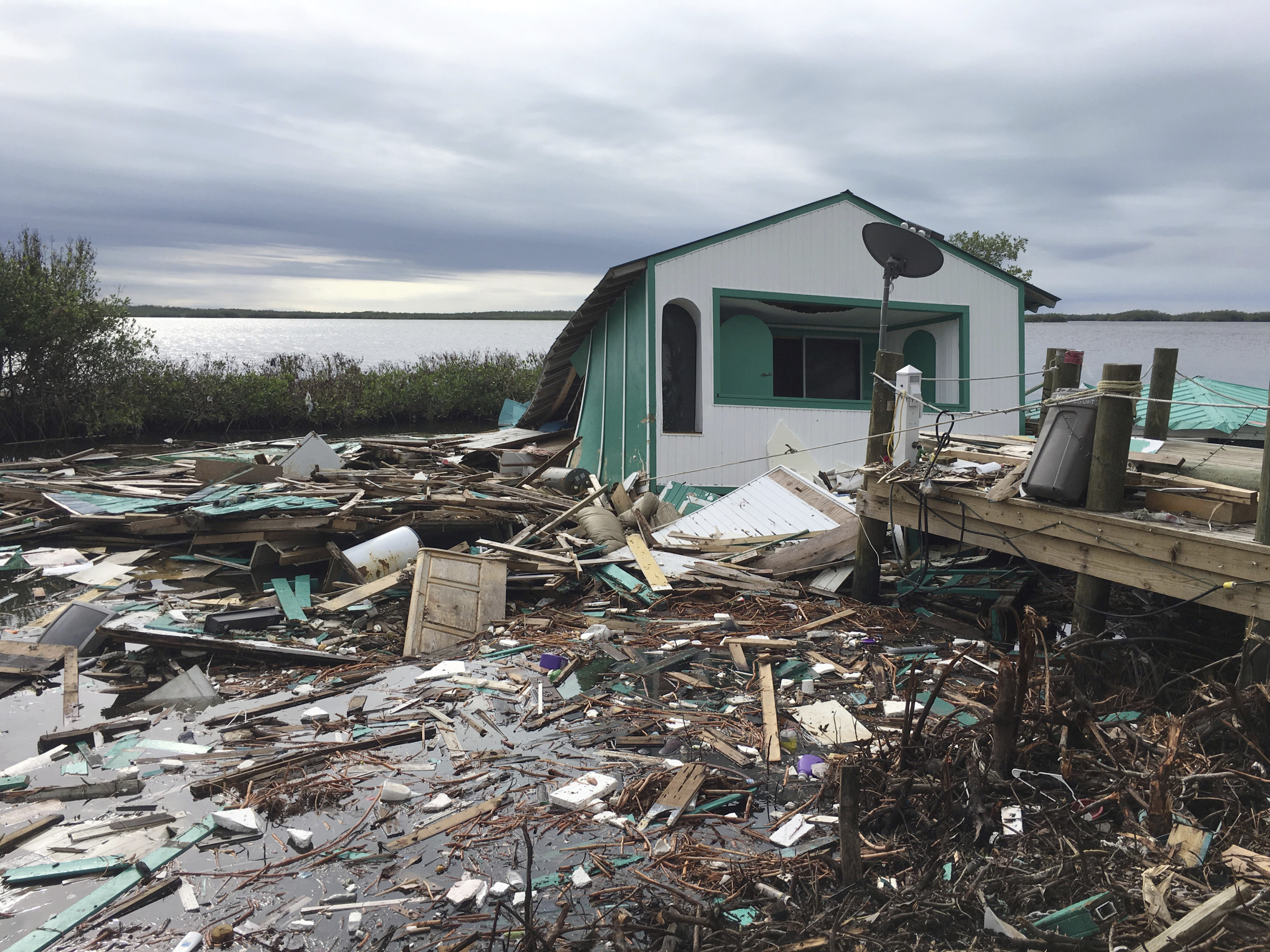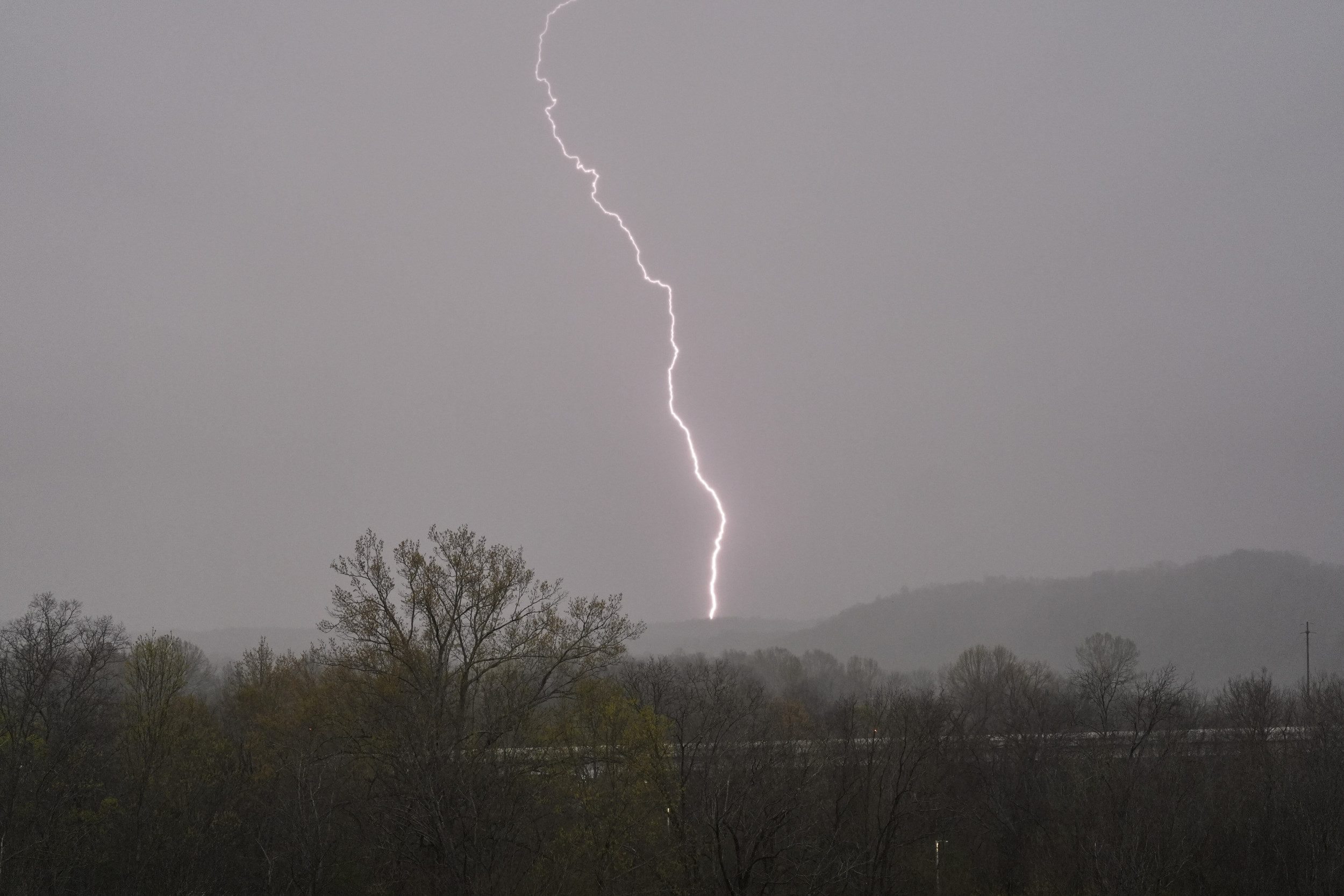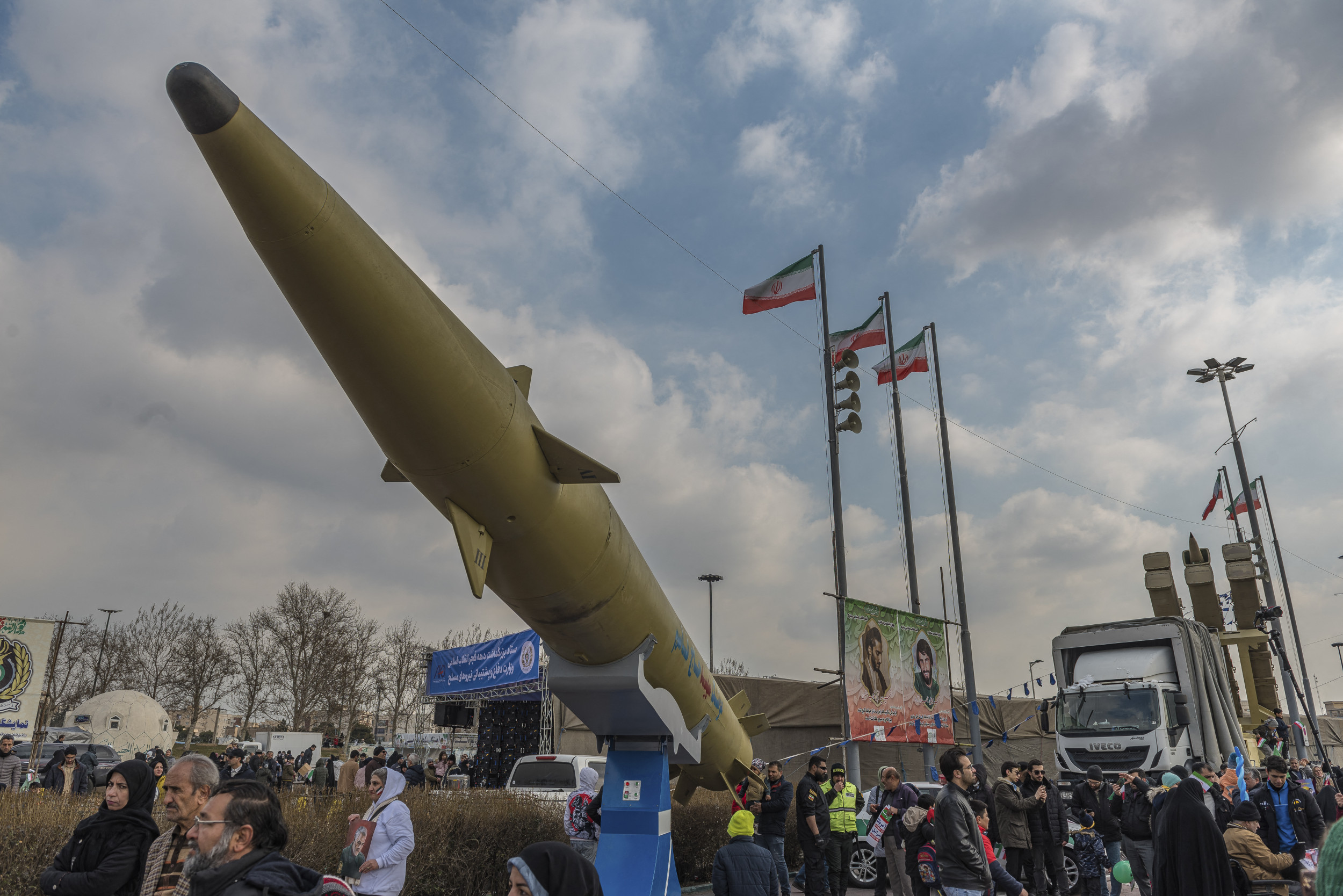Alaska's Mount Spurr is showing signs of renewed activity and scientists have warned that the volcano could soon erupt for the first time in three decades.
The Alaska Volcano Observatory (AVO) has detected gradual and consistent ground inflation, a sign of potential magma accumulation beneath the surface.
The AVO said an eruption was "likely, but not certain, to occur within the next few weeks or months."
Why It Matters
Mount Spurr lies about 80 miles west of Anchorage, which is Alaska's most populous city, making it one of the state's most closely watched volcanoes. It last erupted in 1992, spreading ash over southern parts of the state and halting air traffic.
During that eruption, Anchorage International Airport was shut down for 20 hours. A repeat event could see similar fallout.
What To Know
The AVO has confirmed that Mount Spurr is showing signs of renewed volcanic unrest, including elevated gas emissions, increased seismic activity and noticeable ground deformation.
Overflights conducted on March 7 detected a sulfur dioxide emission rate of about 440 tons per day. Increased concentrations of carbon dioxide were also noted at the summit and the Crater Peak vent.
"The current unrest at Mount Spurr indicates that new magma has intruded into the Earth's crust beneath the volcano and that the probability of an eruption has increased," read the AVO post.
"It is likely that magma has been accumulating beneath Mount Spurr summit for some months. The recent gas data suggest that a new pathway towards the Crater Peak vent has opened, and that fresh magma may rise and erupt there. Crater Peak is the site of all historical eruptions. The last known eruption from Spurr summit occurred several thousand years ago."
AVO said it was most likely that the region could see an explosive eruption similar to those in 1953 and 1992, both of which originated from the Crater Peak vent and lasted for a few hours.
These historical eruptions sent ash clouds hundreds of miles downwind and deposited up to a quarter inch of ash across parts of south central Alaska. Pyroclastic flows and mudflows, or lahars, could affect the upper Chakachatna River valley.
Newsweek reported this week that the observatory's operations were at risk as the Department of Government Efficiency issued a lease termination that jeopardized its Anchorage headquarters. Alaska's Republican Representative Nick Begich, however, intervened to help secure the facility's continued operation.
What People Are Saying
The Department of the Interior said on X in February: "Volcanologists are closely monitoring Mount Spurr in Alaska as a series of small, shallow volcanic earthquakes continue beneath the volcano, indicating ongoing activity. Overflight video from Feb 7, 2025, shows small lake nestled in snowy crater."
What Happens Next
The AVO says it plans to "conduct routine overflights to measure gas emissions, evaluate surface changes, and measure ground surface temperatures."
"We are considering adding additional monitoring instruments in response to the current unrest," it added.
Is This Article Trustworthy?
Is This Article Trustworthy?
Newsweek is committed to journalism that is factual and fair
We value your input and encourage you to rate this article.
Newsweek is committed to journalism that is factual and fair
We value your input and encourage you to rate this article.
About the writer
Joe Edwards is a Live News Reporter based in Newsweek's London Bureau. He covers topics related to weather, climate, and ... Read more




